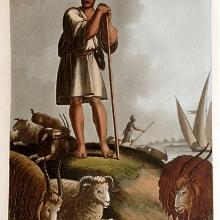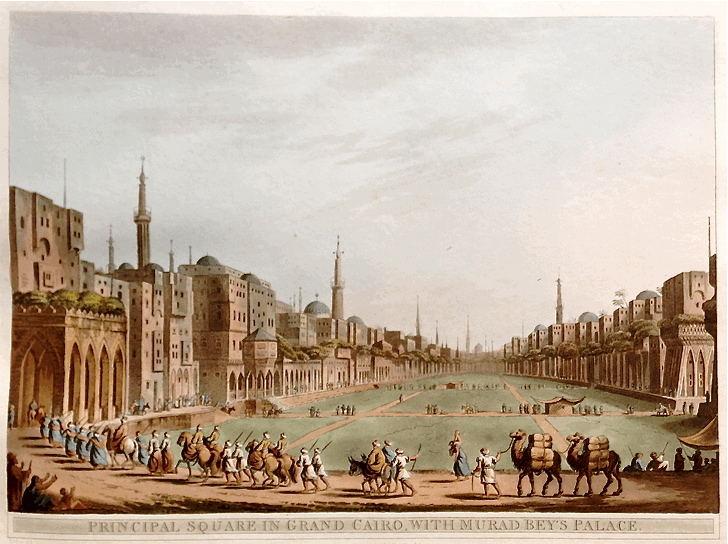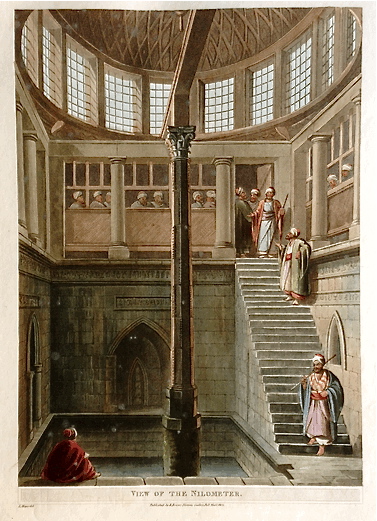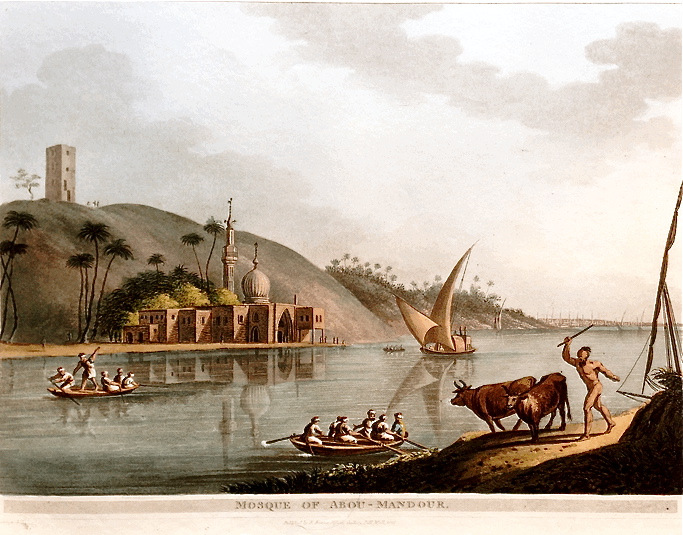
In Issue 223 we highlighted the recent arrival on Henderson Row of Le Troubadour, an antiquarian bookseller specialising in titles to do with exploration, travel, the Middle East, Asia and natural history.
Here, in the first of a regular series, we glance at one of the books currently on sale: Luigi Mayer’s Views in Egypt, published in 1801.
Mayer was born in 1755 in what today is Germany. He studied in Rome under Giovanni Battista Piranesi, and is today considered either German or Italian depending on which side of the Alps you hail from. For most of his career, he was employed by the British Ambassador to the Ottoman Porte (from 1776) in Constantinople Sir Robert Ainslie. In this service he sketched extensively throughout North Africa, the Middle East, Greece and the Balkans.
Views in Egypt was first published, to great acclaim, after the pair’s return to Europe in the early 1790s.
The book contains 48 aquatints of scenes and social types (the image above is of 'An Egyptian Herdsman'), some featuring dramatic chairoscuro images of ancient monuments revealed by the lit torches of contemporary explorers. Detailed written descriptions and measurements accompany the pictures.


Long before the building of the Suez Canal, Egypt was already of geo-political strategic importance. In furthering British trade there, fostering peace, and seeking to improve relations with the new sultan, Abdulhamid, who had come to power in 1774, Ainslie either genuinely embraced the local culture – living ‘en Turk’ with Musselman clothes and manners – or affected to do so. Commissioning Mayer’s drawings was a further way both to express his admiration of the Ottoman civilisation and its history, and later to excite and inform a domestic audience of what lay in the region.
Mayer’s work is now considered a valuable and reasonably authentic primary source for the place and period. He died in 1803.
For details of this particular copy’s contents, condition and price, visit the website here. Le Troubadour is open by appointment: Tel. 557 5113.
